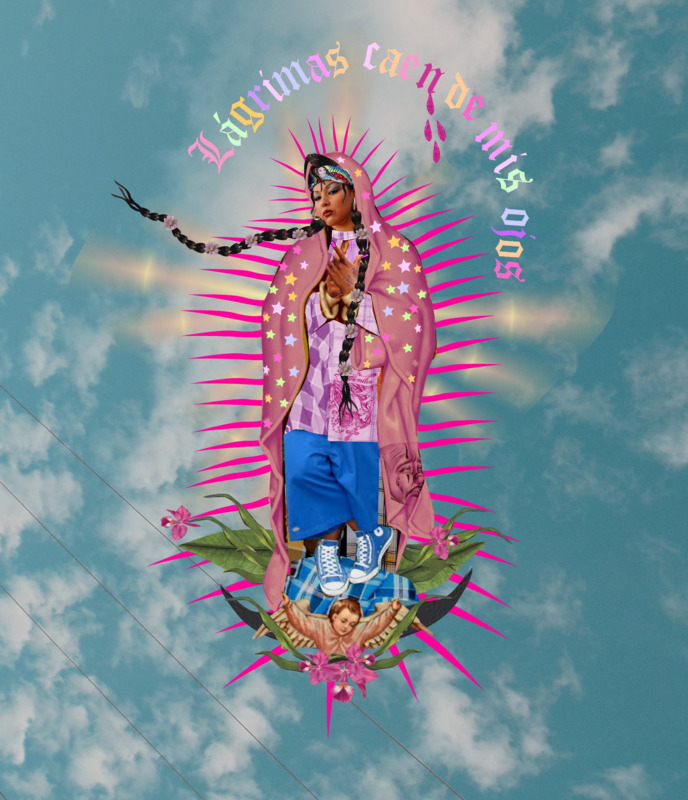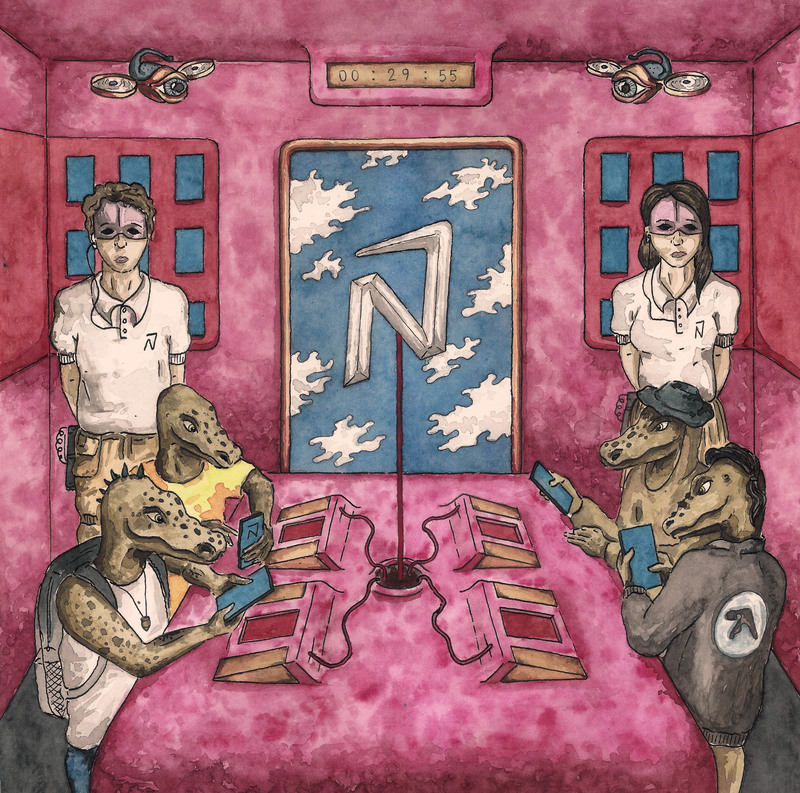IM - Self Recognition
Flora Alvarado y Abril Carissimo. ed. Ana Vivaldi
What do we do when we can't see each other?
What do we do when we do not see our reflections? Who are our mirrors?
Because we have grown up and been educated in art institutions that deny us access – or, at least, make access very difficult – we must undergo a process to accept that our identities can be the protagonists of art creation. The opportunities of current racialised Indigenous and descendants of Indigenous and Marrón is the result of the sacrifice of previous generations and their endless working hours in exchange for low wages, neglecting rest and limiting enjoyment.
Even though art production implies dialoguing with instrumentalised dynamics, languages, and images developed from a white or European perspective, racialised Latin American art has developed its tools of self-recognition. This self-recognition is a process that most Marrón artists go through and often means dealing with denial or even shame. It is a process that entails recognising oneself in the other, in daily life, in one’s family, in one's territory, and often in what the outside eye considers a contradiction to the imposed racist stereotype. The theme that brings these works together is the potentiality of exploring one's own identity.
To be Marrón is also to recognise oneself in the void, in the historical-cultural absence of our (mis)representation. This is the power that being protagonists of our creations gives us: to see ourselves where we were always denied.
Ref.


